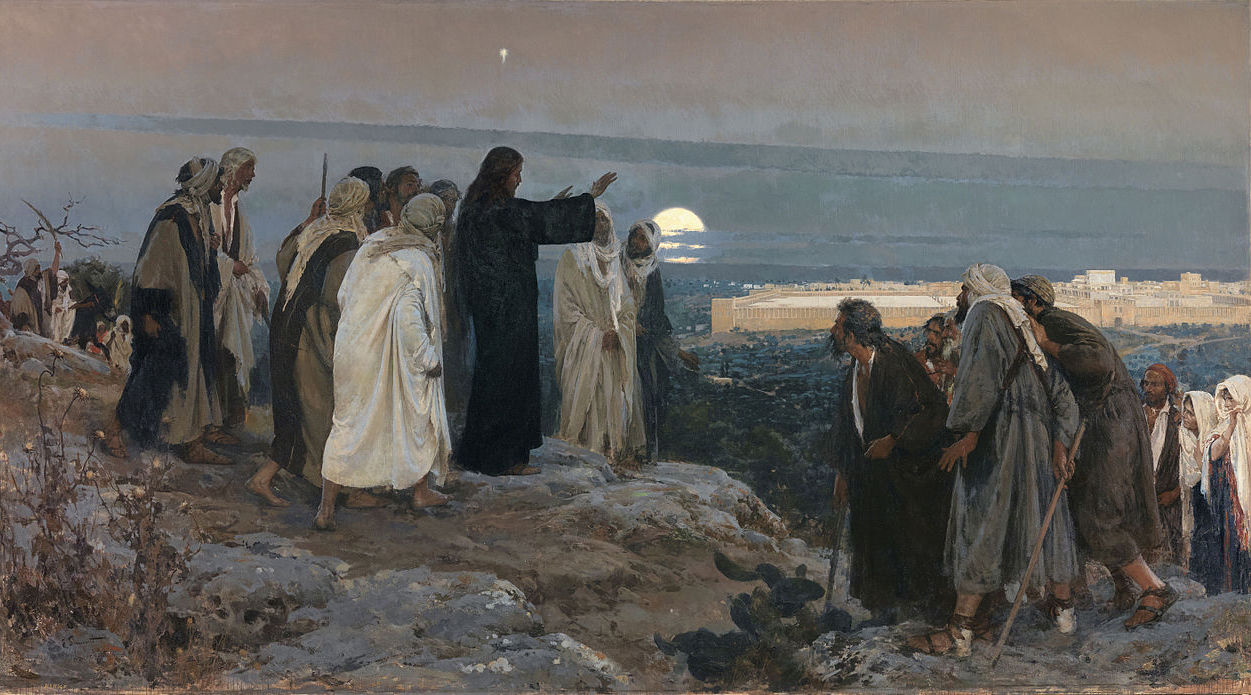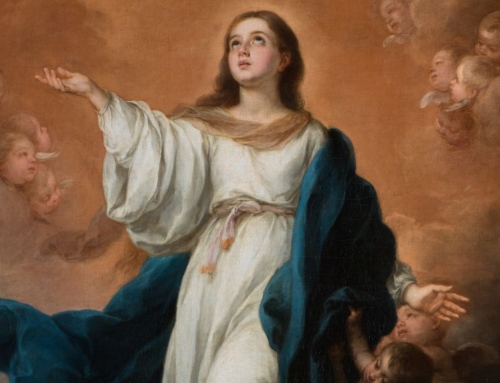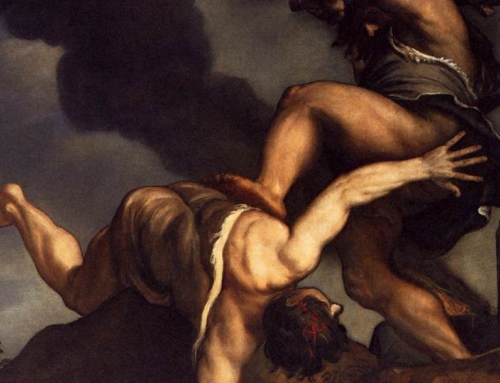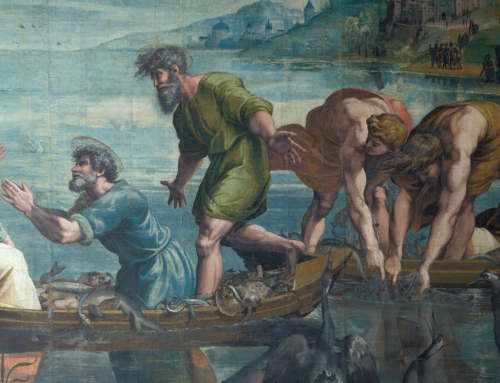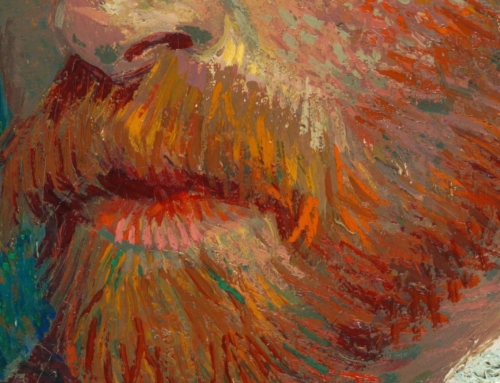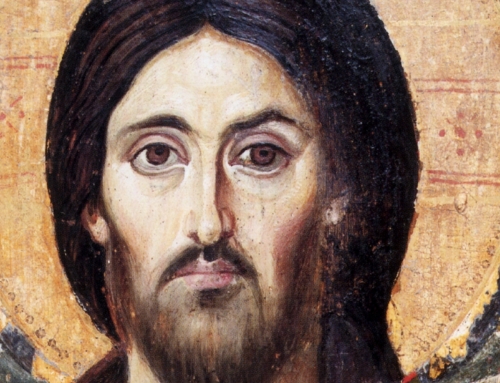This is part of a series entitled, “One-Line Wonders.” Read the series introduction here. To see other posts in the series, click here.
“The stone which the builders rejected has become the head of the corner.” (Ps 118:22)
Jesus stands in the Temple. He entered triumphantly, lauded by the crowds with cries of “Hosanna to the Son of David!” (Matt 21:9). The chief priests were skeptical of such praises—and so they questioned his authority. He silenced them, and told them a parable—two sons are asked to work in the fields. One does, and the other doesn’t (cf. Matt 21:28–32). Again, “hear another parable . . .” (Matt 21:33). This time, a landlord leaves his vineyard in the care of tenants. When the time comes for fruit, he sends them servants whom they beat and a son whom they kill outside the garden (cf. Matt 21:33–41).
This last parable causes his hearers to shift and squirm. “When therefore the owner of the vineyard comes, what will he do to those tenants?” (Matt 21:40). The chief priests answer, “He will put those wretches to a miserable death, and let out the vineyard to other tenants who will give him the fruits in their seasons” (Matt 21:41).
The lesson is not yet fully learned. Jesus, ever the Good Teacher, asks them, “Have you never read in the scriptures: The very stone which the builders rejected has become the head of the corner?” (Matt 21:42). He calls to their mind the scriptures of old. This is Psalm 118—a psalm of peril and salvation. It is a psalm of thanksgiving, praise, and procession. It is a psalm well-known to the chief priests, the climax of their festal praise. It is also a psalm of prophecy, but perhaps they did not yet know it.
As the psalm relates, builders, ordinarily the movers of great stones, have rejected God’s plan—the plan for God’s building. They are like those who said they would work, but have not. They are like those who promised to tend the vine of Israel, but have not handed over the fruits at due season. They were given the plan in the form of the Law—the way for them to be made into “a kingdom of priests and a holy nation” (Exod 19:6). They were given technicians, engineers—those who were sent by God to admonish, to correct the work by the art of prophecy. The greatest and last was John the Baptist, who warned, “Repent, for the kingdom of heaven is at hand” (Matt 3:2). Now finally, they are given the Cornerstone itself, the foundation of God’s presence, Emmanuel, God with us. And yet, “among you stands one whom you do not know” (John 1:26). Jesus stands in the Temple, and they do not know him.
The stone is in place, “the Lord is in his holy Temple” (Ps 11:4), and yet, this is not where the Cornerstone will remain. The builders test the stone, and find it does not match their standards. The material has arrived, but they decide they will not move it to the place of honor. However, God is not thwarted by human schemes. God will be glorified, but the time of noble cooperation has ended. God will be glorified, with or without builders.
The builders plan without God. They “took counsel together in order to arrest Jesus by stealth and kill him” (Matt 26:4). After clearing some permits with the local authorities, both Jewish and Roman, they move the Cornerstone offsite, outside the city walls. “And they took him and cast him out of the vineyard, and killed him” (Matt 21:39). Fashioning a corner of their own making, this one out of wood, they cast the Stone upon it, and nail it in place. The builders finish their work. Only some women, some soldiers, and two thieves are near him now. He dies, but yet has more to give. “You shall strike the rock, and water shall come out of it, that the people may drink” (Exod 17:6). “One of the soldiers pierced his side with a spear, and at once there came out blood and water” (John 19:34). Even in the gloom, God may be glorified. Even the rejection of the Stone can be turned to God’s purposes. “The Lord has chastened me sorely, but he has not given me over to death” (Ps 118:18).
A few days later, some women go to the tomb. They wonder, “Who will roll away the stone for us from the door of the tomb?” (Mark 16:3). Now that the stone has been rejected, who will restore it? They may as well wonder, who will be saved now that he is gone? Who will have life now that Life is dead? “Who will descend into the abyss—that is, to bring Christ up from the dead?” (Rom 10:7).
As the Lord had moved the Cornerstone, first from heaven to earth, and then from the Temple to the Cross, he now moves Christ from the place of the dead to the land of the living. “And looking up, they saw that the stone was rolled back” (Mark 16:4).
The first building of God’s presence on earth was “at the place that David had appointed, on the threshing floor of Ornan the Jebusite” (2 Chr 3:1). These walls ran from east to west, north to south. Earthly walls and earthly expanses are united by blocks of mere rock. God has planted his Christ at a corner of a different nature. In the Resurrection, Christ the Cornerstone has been laid at the wall of life and death, time and eternity, God and man. Once evil, enmity, chaos, and confusion reigned at these contrary points. And now, “Speak tenderly to Jerusalem, and cry to her that her warfare is ended” (Isa 40:2). Peace now reigns, not by submission to evil, but by the crushing of it. “When [that stone] falls on any one, it will crush him” (Matt 21:44). At the center of our hearts, at the joints of our being, there sits a throne made for God. We may ask: who will reign? Who will I serve? God does not abide idols or pretenders, as he says himself, “I the Lord your God am a jealous God” (Exod 20:5). And now, with cries of Hosanna, “God sits on his holy throne” (Ps 47:8).
In God, through the sacrifice of Jesus, we are made whole and entire. The warfare within, in our passions, at the division between flesh and spirit, is ended. The warfare without, between Jews and Greeks, our neighbors and enemies, is ended. Christ took to himself the brokenness of the world, and unified it in his person, and incorporated us into himself. Now we are “built upon the foundation of the apostles and prophets, Christ Jesus himself being the cornerstone, in whom the whole structure is joined together and grows into a holy temple in the Lord” (Eph 2:21–22).
✠
Image: Enrique Simonet, Flevit Super Illam

